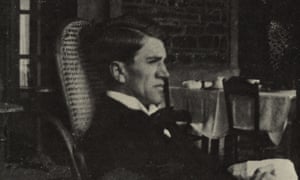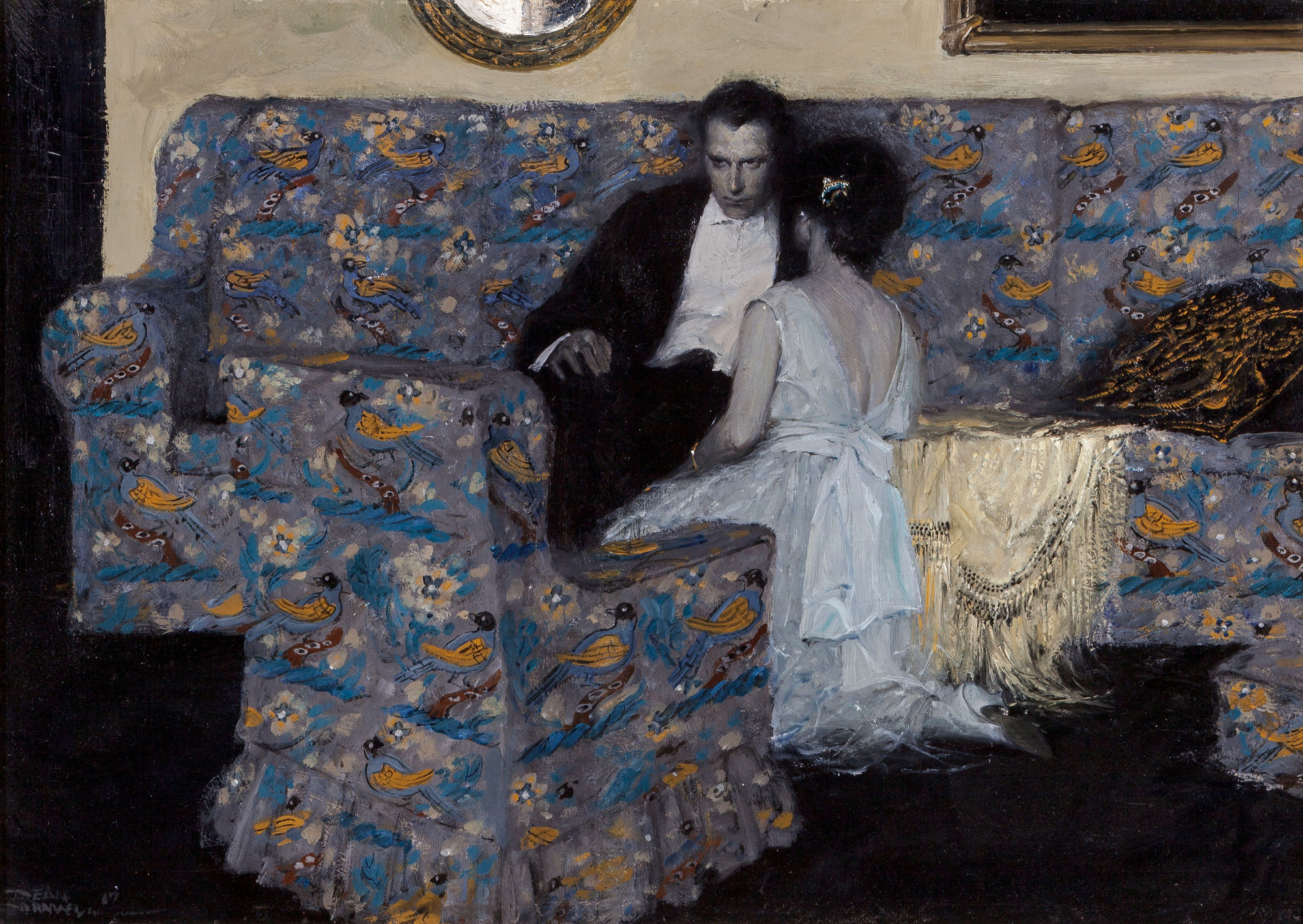via 3 Quarks Daily: Heather Murphy in The New York Times
He sat by his phone, skeptical that it would ring. “I didn’t think that anyone would want to respond,” said Samuel D. Smithyman, now 72 and a clinical psychologist in South Carolina. But the phone did ring. Nearly 200 times. At the other end of the line were a computer programmer who had raped his “sort of girlfriend,” a painter who had raped his acquaintance’s wife, and a school custodian who described 10 to 15 rapes as a means of getting even with “rich bastards” in Beverly Hills. By the end of the summer, Dr. Smithyman had completed 50 interviews, which became the foundation for his dissertation: “The Undetected Rapist.” What was particularly surprising to him was how normal these men sounded and how diverse their backgrounds were. He concluded that few generalizations could be made. Over the past few weeks, women across the world have recounted tales of harassment and sexual assault by posting anecdotes to social media with the hashtag #MeToo. Even just focusing on the second category, the biographies of the accused are so varied that they seem to support Dr. Smithyman’s observation.
Continue reading
This is a report of serious academic studies into non-consensual sex and is not intended to frighten or upset anyone.
==============================
via Boing Boing by Andrea James

Master luthier John Monteleone created a series of four archtop guitars, one for each season. Anthony Wilson of The Met shows how and why each sounds different than the others.
Continue reading and listening
==============================
via the OUP blog by Michelle Mendelssohn

Photograph of Oscar Wilde mural by thierry ehrmann. CC BY 2.0 via Flickr.
The idea that life imitates art is one of Oscar’s best yet most often misunderstood. It is central to his philosophy and to his own life. Take The Decay of Lying, for example, an essay in the form of a dialogue that he wrote in the late 1880s. What did he call the interlocutors? Why Cyril and Vyvyan, the names of his two young sons, of course. But the piece’s intellectual party really gets started when Wilde has his learned young gentlemen interview each other. Naturally, what is uppermost in their minds is the relationship between life and art. Just like their clever father, Cyril and Vyvyan are curious about how the real world and the imaginary world mirror each other.
Continue reading
==============================
via the Guardian by David Bradford

WNP Barbellion ... or Bruce Cummings, his real name. Photograph: Public Domain
One hundred years ago today, WNP Barbellion scrawled his final diary entry. “Self-disgust,” he wrote. Ravaged by multiple sclerosis at just 28, this one word was all he could manage, before his hand was too unsteady to go on. He had been recording his daily life – and, latterly, the daily encroachment of death – since his first entry when he was 15: “Am writing an essay on the life-history of insects and have abandoned for the time being the idea of writing on ‘How Cats Spend their Time’.” His diary would be published in 1919 as The Journal of a Disappointed Man, to wide acclaim but it is sadly little known nowadays.
Continue reading
==============================
via the Big Think blog by Philip Perry

Credit: Getty Images.
Poison frogs carry some of the most dangerous neurotoxins on the planet. Native to South America, there are hundreds of varieties and among them, dozens of neurotoxins. Over 800 compounds have been discovered within such frogs. Yet, only 70 of these are well understood.
The most dangerous in the world, the Colombian golden poison frog (Phyllobates terribilis), packs enough toxin to wipe out 20,000 mice. What’s been a long running mystery is why these frogs don’t poison themselves. Now, a group of scientists have found out. And the answer may help us develop better treatments for nicotine addiction and chronic pain.
Continue reading
==============================
via Arts & Letters Daily: Michael Gorra in the PARIS REVIEW

DEAN CORNWELL, OPTIONS, 1917, OIL ON CANVAS.
Evelyn Waugh could push a joke to the outer edge of our ability to bear it, stopping just when laughter turns to tears, and he’s had his imitators for the better part of a century now. So has Graham Greene, who blanched despair into a weary disillusionment; the contemporary thriller is inconceivable without him. Each of them added to the novelist’s grab bag of tricks. Their contemporary Henry Green didn’t quite manage that. In such early novels as Living (1929) and Party Going (1939) he experimented with dropping out the definite articles in a way that gave his language a tense angularity, the nouns and prepositions grating on each other, uncushioned: “Water dripped from tap on wall into basin and into water there. Sun. Water drops made rings in clear coloured water.” Nobody followed him and he left no codifiable body of technique. But Green may have had something better—not followers but admirers, and admirers among all writers. Very little connects such disparate figures as Eudora Welty, John Ashbery, and John Updike, or indeed those who have introduced Green’s other books in this series: little beyond their fondness for this strange elusive figure, not a model but an inspiration. Welty probably put it best. His work was ever changing and yet always the same, his books “to an unusual degree unlike one another … yet there could be no mistaking the hand … [with its] power to feel both what can and what never can be said.” Green’s peers recognized his originality; that’s achievement enough.
Continue reading
==============================
via Interesting Literature
In this week’s Dispatches from The Secret Library, Dr Oliver Tearle reads The Cabinet of Linguistic Curiosities by Paul Anthony Jones
I love books of language trivia, and learning new words is always a pleasure. One of the finest Twitter accounts to offer a ‘word of the day’ is @HaggardHawks, run by Paul Anthony Jones, author of several fascinating books on language and a real logognost (one who knows words – actually, I just Googled to see if that word exists and apparently it doesn’t, but it should: we have the word ‘bibliognost’ for one who knows books). His new book, The Cabinet of Linguistic Curiosities: A Yearbook of Forgotten Words, is a treasure-trove of rare words – arranged so that each page considers a different word and explores its connection to a day of the year. Here are five of my favourites – though there were many more I could have chosen.
Continue reading
==============================
via Boing Boing by Mark Frauenfelder
It's fun to watch this marble sorting machine in action.
There's not much of a market for high tolerance marbles, so marble size inconsistency is an actual problem for some projects. But aside from using a gravity-fed size sorter to organize your collection, this project is also a simple way to demonstrate some probability distributions!
No comments:
Post a Comment